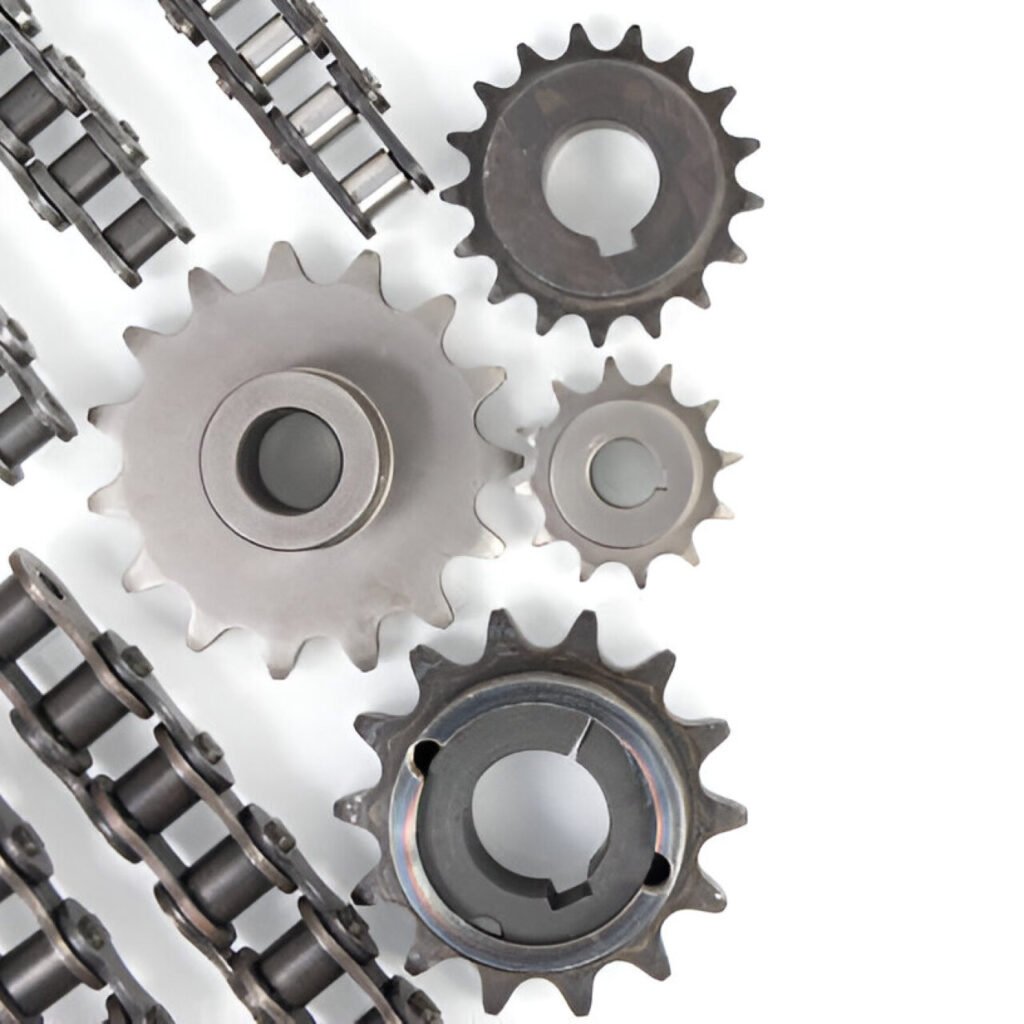Motorcycle chain and sprocket sizes are crucial components that significantly impact the performance and handling of your bike.
Understanding how these sizes work and their effects can help you make informed decisions when maintaining or upgrading your motorcycle.
In this article, we’ll delve into the importance of chain and sprocket sizes, how different sizes interact, and the effects of using bigger or smaller sprockets.

How Different Can the Size of a Chain Be to a Sprocket?
When it comes to motorcycle chains and sprockets, compatibility is key. The size of a chain must match the sprocket to ensure smooth operation.
Chains are usually specified by their pitch, which is the distance between the centers of two adjacent pins. Sprockets, on the other hand, are defined by the number of teeth they have.
Key Points:
- Pitch: This is the distance between the pins of the chain links. Common pitches for motorcycle chains are 520, 525, and 530.
- Width: The internal width of the chain links must fit the sprocket teeth. For instance, a 530 chain is wider than a 520 chain.
- Tooth Count: The sprocket’s tooth count determines how the chain fits and moves around it.
A mismatch in the chain and sprocket sizes can lead to issues like poor performance, increased wear and tear, and even safety hazards. Always ensure that the chain and sprocket sizes are compatible to maintain optimal performance.

What Does a Bigger Sprocket Do on a Motorcycle?
Using a bigger sprocket on your motorcycle can have several effects, mainly on the bike’s acceleration and top speed. Here’s what happens when you install a bigger sprocket:
Advantages of a Bigger Sprocket:
- Increased Torque: A bigger rear sprocket increases the torque, making the bike accelerate quicker.
- Better Low-End Performance: Ideal for off-road riding or city commuting where quick acceleration is more beneficial than high top speeds.
Disadvantages of a Bigger Sprocket:
- Reduced Top Speed: While acceleration improves, the top speed of the motorcycle decreases because the engine reaches its maximum RPM faster.
- Increased Fuel Consumption: Higher RPMs at lower speeds can lead to increased fuel consumption.
What Does a Smaller Sprocket Do on a Motorcycle?
On the flip side, using a smaller sprocket can also affect your motorcycle’s performance but in a different way:
Advantages of a Smaller Sprocket:
- Increased Top Speed: A smaller rear sprocket allows the motorcycle to reach higher speeds because it reduces the engine RPM at high speeds.
- Better Fuel Efficiency: Lower RPMs at cruising speeds can lead to better fuel efficiency.
Disadvantages of a Smaller Sprocket:
- Reduced Torque: Acceleration diminishes, making it less ideal for situations that require quick bursts of speed.
- Worse Low-End Performance: Not suitable for off-road or city rides where frequent stops and quick starts are necessary.

Conclusion: Summary and Key Takeaways
Understanding the sizes and compatibility of motorcycle chains and sprockets is essential for maintaining your bike’s performance and safety. Here are the key takeaways:
- Chain and Sprocket Compatibility: Always ensure the chain pitch and width match the sprocket to avoid performance issues.
- Bigger Sprockets: Improve acceleration and low-end performance but reduce top speed and fuel efficiency.
- Smaller Sprockets: Increase top speed and fuel efficiency but reduce acceleration and low-end performance.
By choosing the right chain and sprocket sizes, you can tailor your motorcycle’s performance to suit your riding style and needs. Always consult your motorcycle’s manual or a professional mechanic for specific recommendations.



